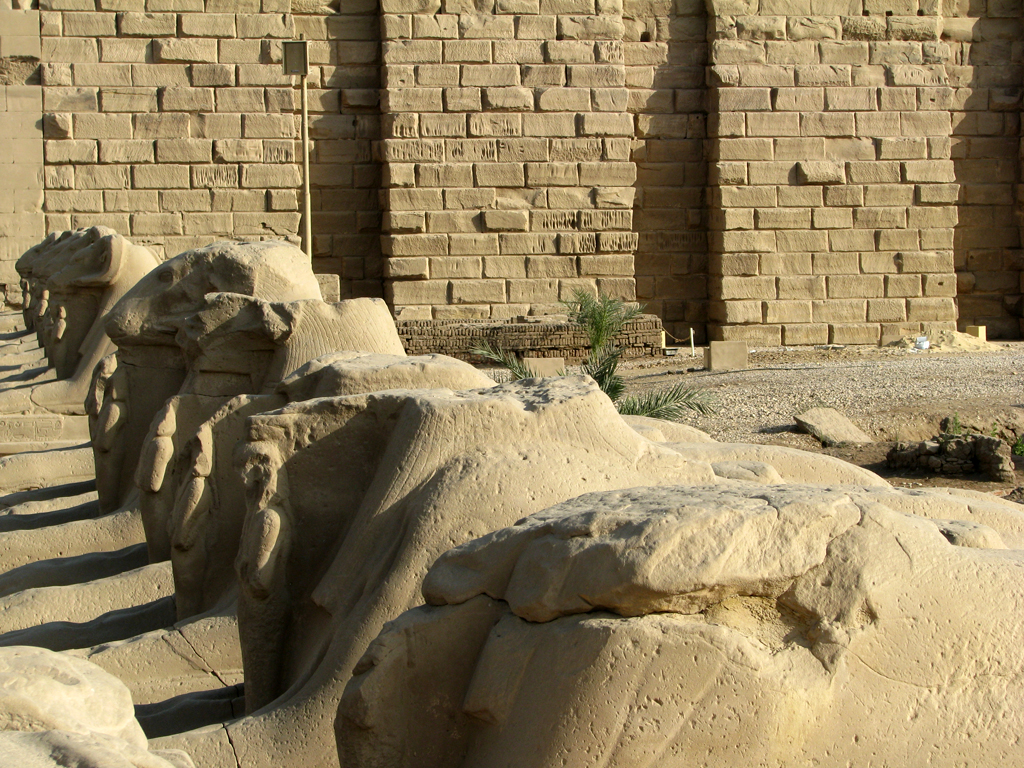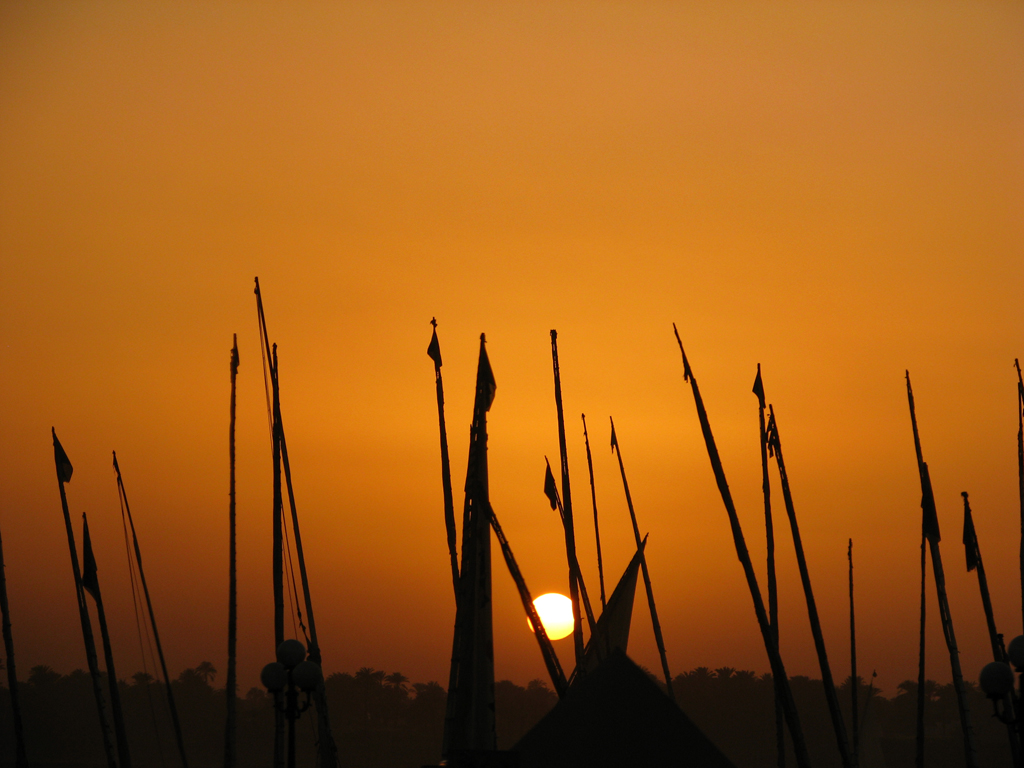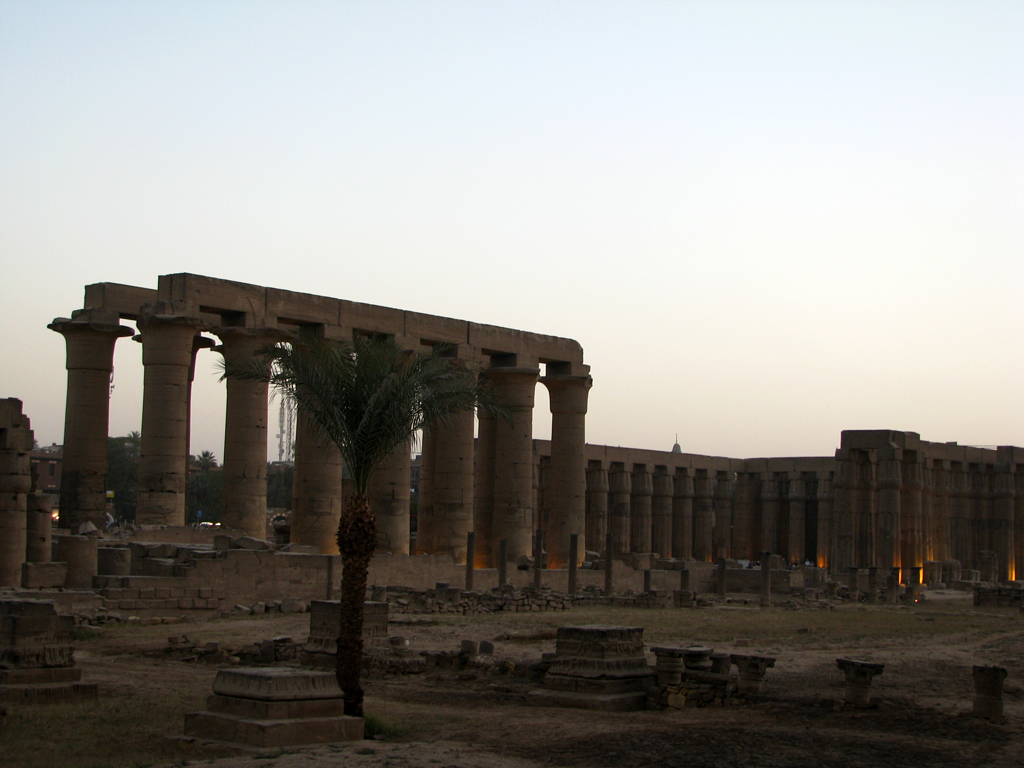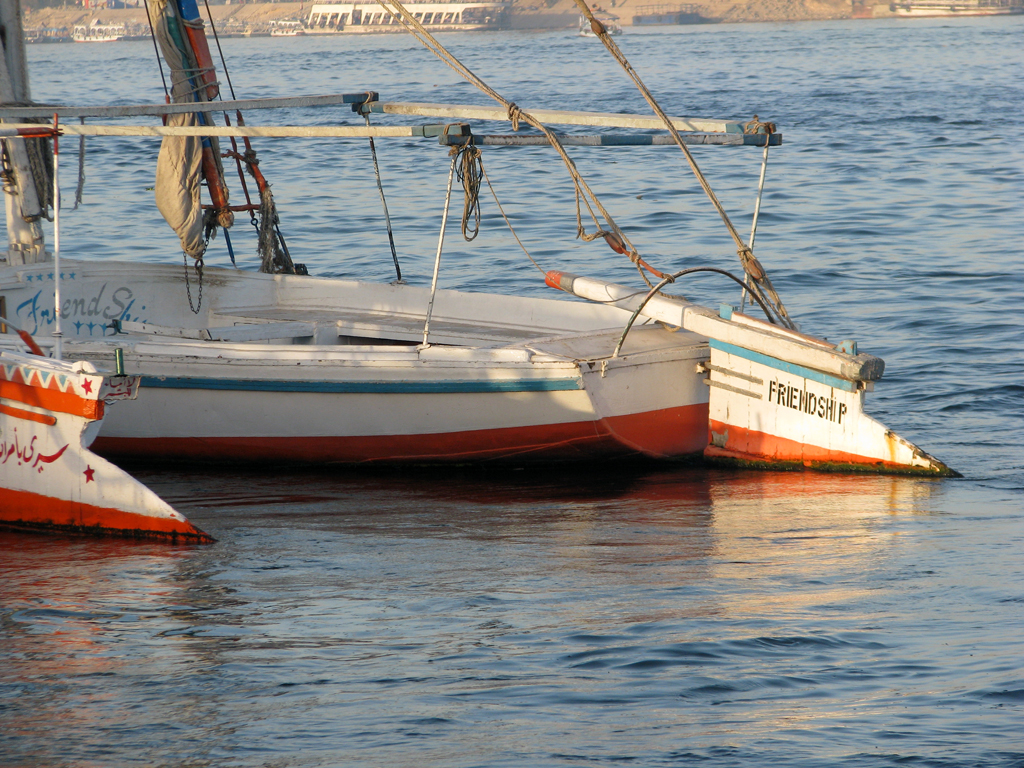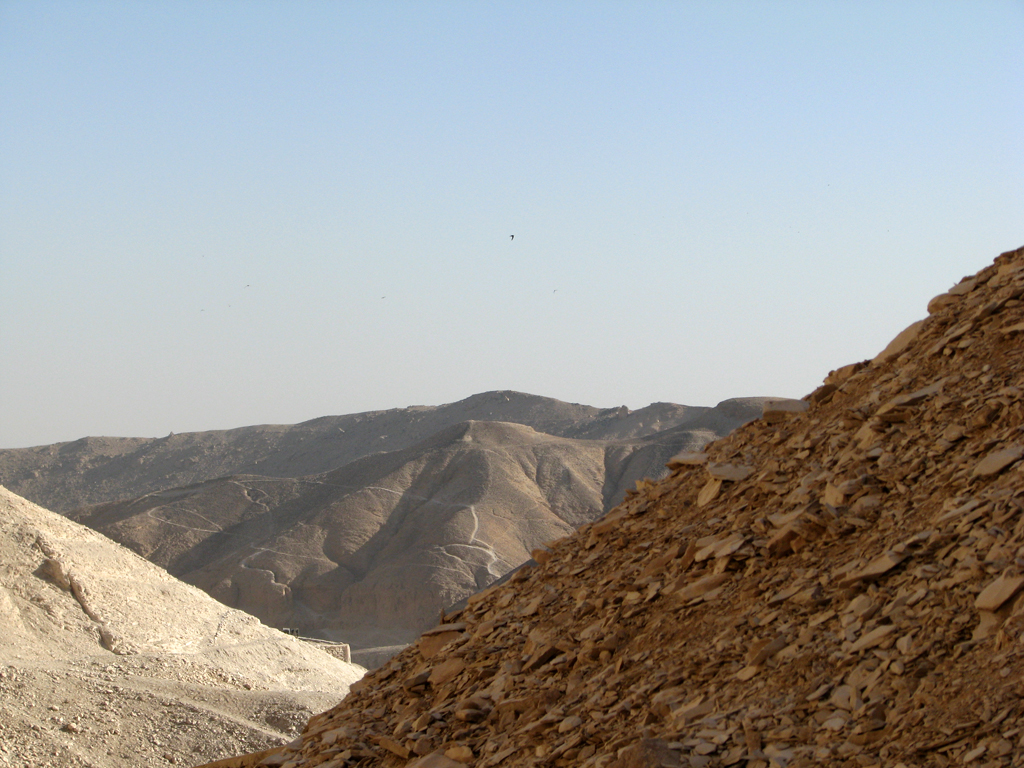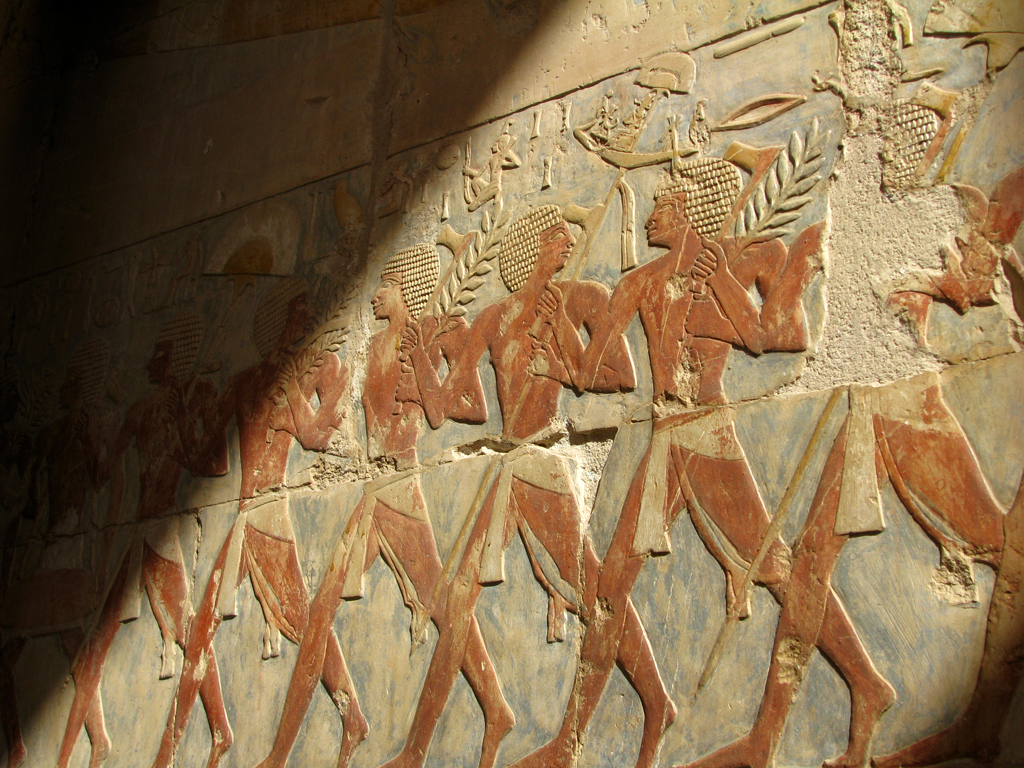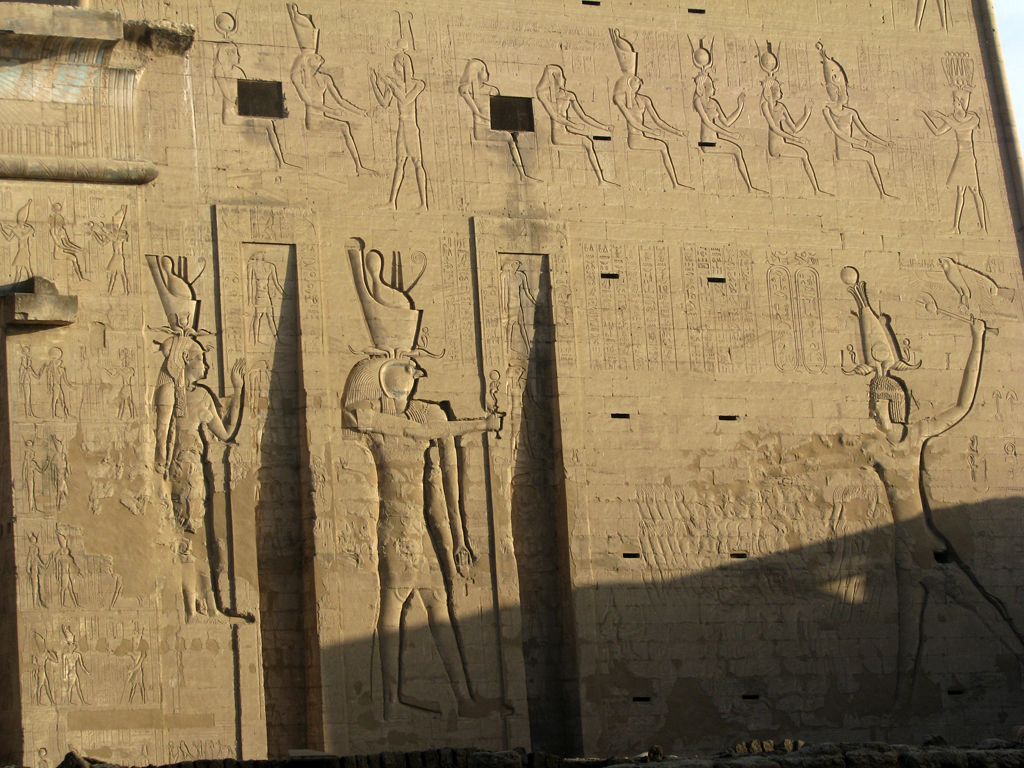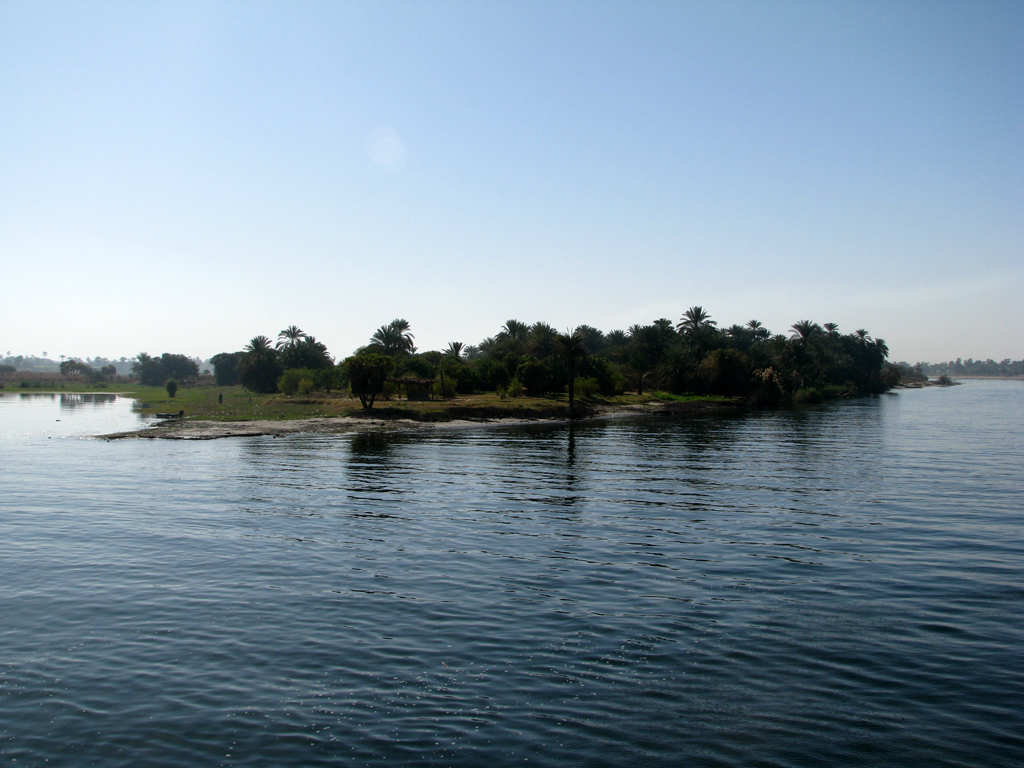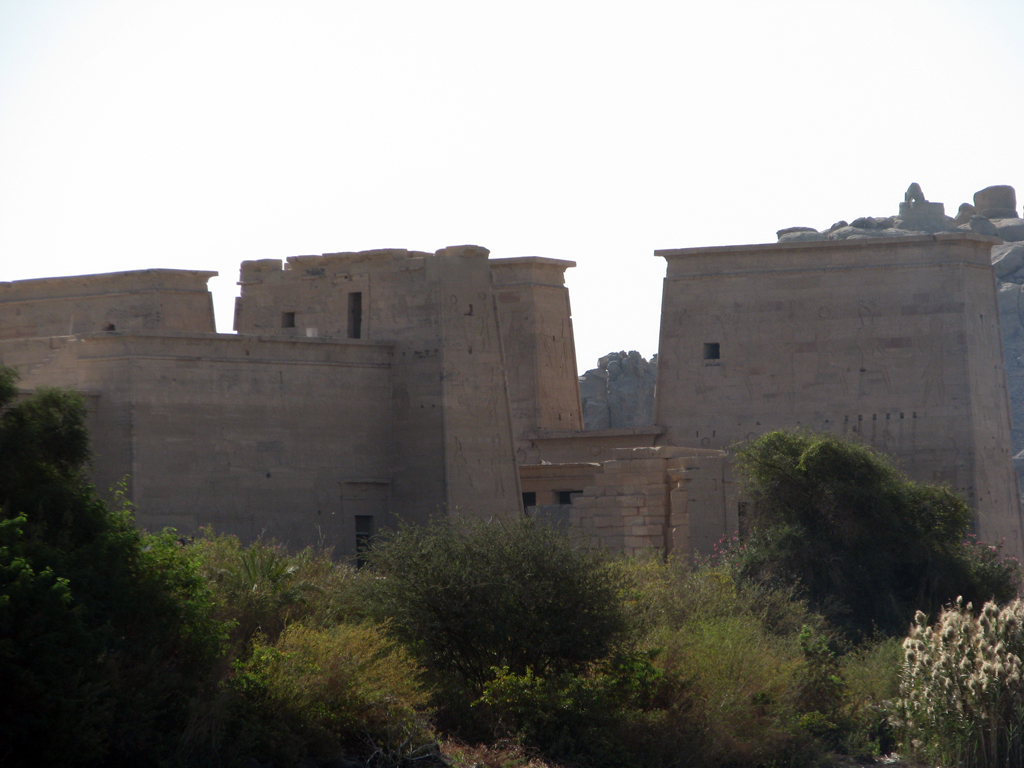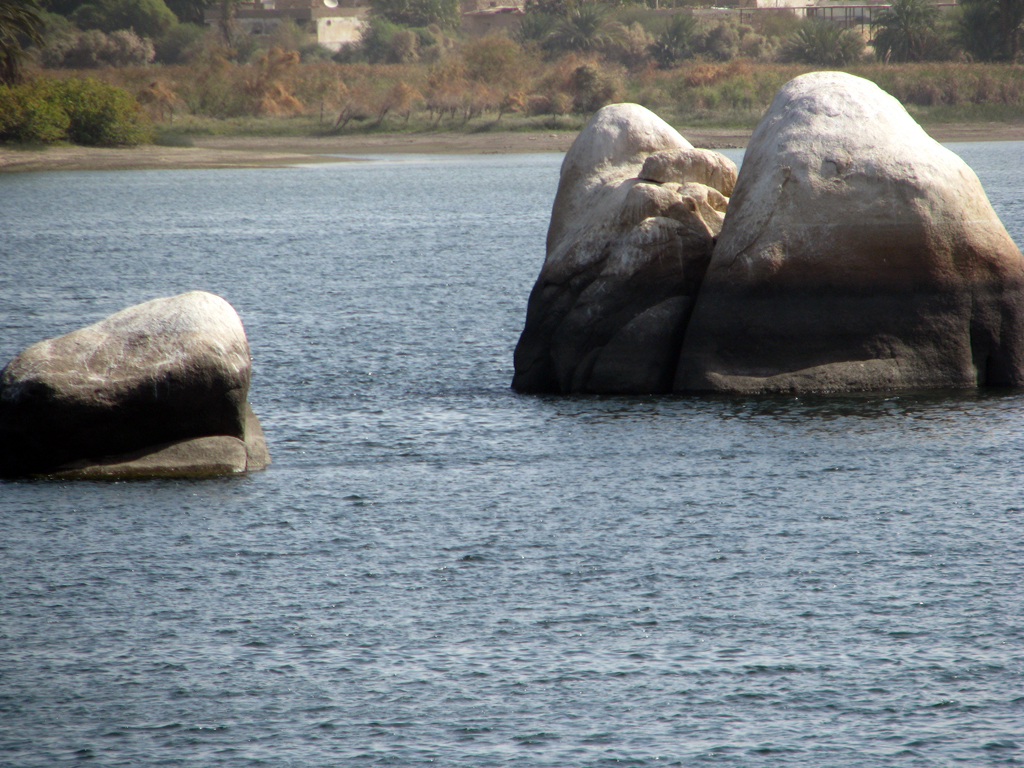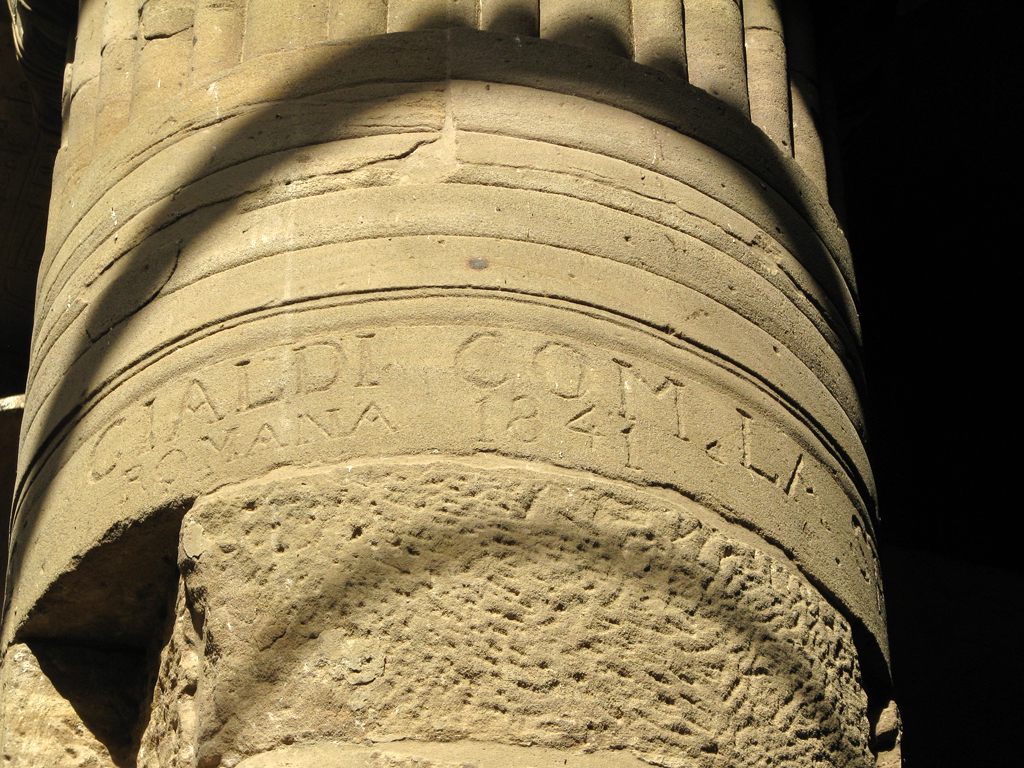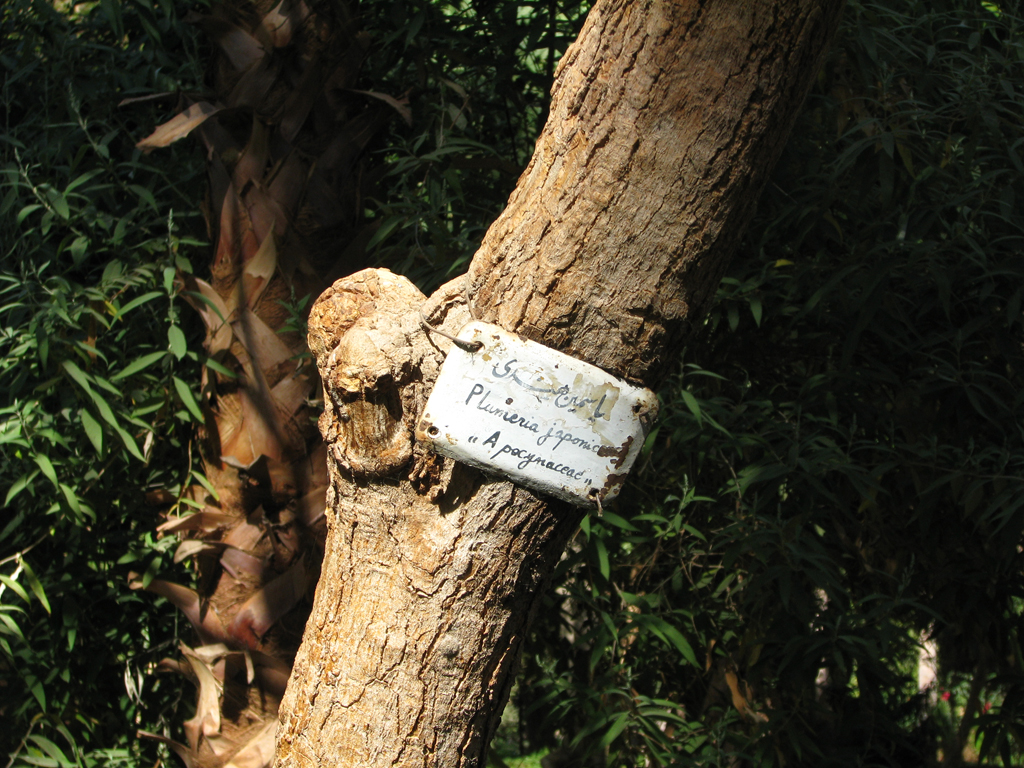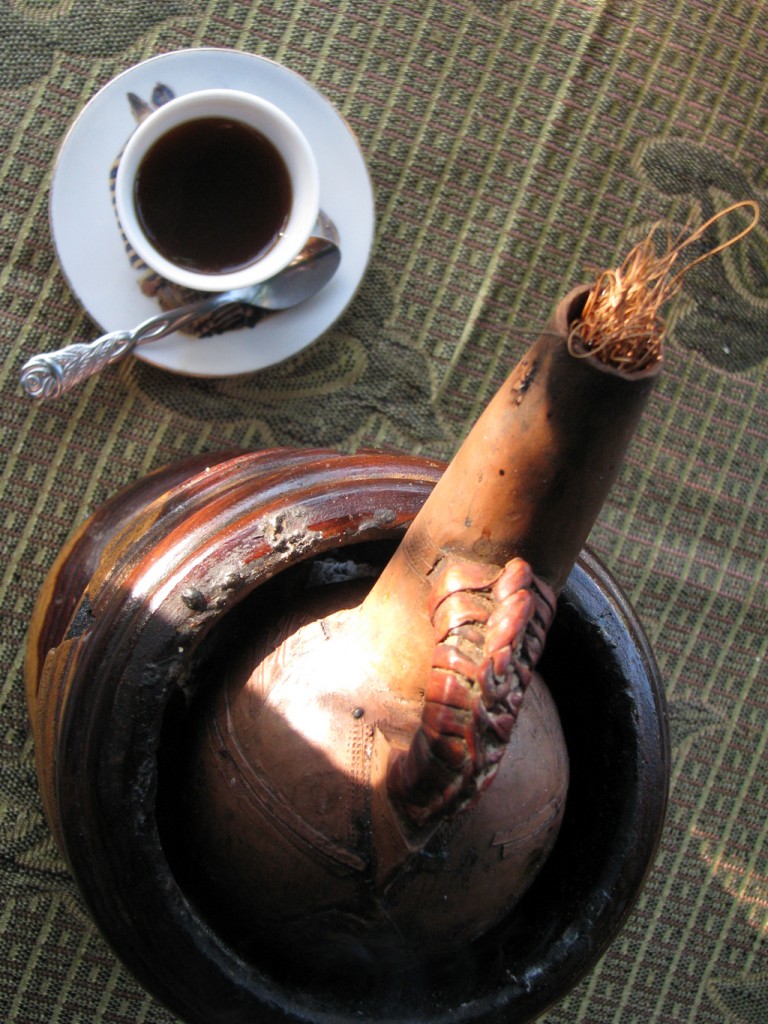By Islam El Shazly
Back in 2009, before I started Al Rahalah, my wife and I went on a Nile cruise courtesy of Radamis Travel*. It was on one of their two cruise ships: Radamis II, back then it was operated by the Mövenpick Hotels & Resorts, and on the top 10 list of Nile cruises in the Eyewitness Top 10 Travel Guide: Cairo and the Nile. It is now operated by Swiss Inn Hotels & Resorts.
Before then I had only been to Aswan once for a quick two day trip; my wife on the other hand had never been anywhere south of Cairo. This proved to be one of those experiences that you never forget. In a great kind of way!
We took the sleeping train to Luxor; an eight hour trip with a dinner and breakfast service, and were met at the station by a representative from the cruise then whisked away in a van back to the boat. We arrived early so and we couldn’t check in right away, however they managed to clear our room within an hour or so and we managed to grab a couple of hours of sleep before breakfast was served (our second breakfast in this case, only a hundred times better). Right afterwards our vacation really kicked off with a lot of temples, hiking, ancient history, lots of great food in between, and of course sailing the great Nile.
Luxor Day 1
Immediately after breakfast we met our tour guide, there were several tour guides for the different groups that were on the Nile cruise, he briefed us on the day’s itinerary, and then were on the bus and on the way to the magnificent Karnak Temple Complex. It took the better part of the day before we were back on the bus, off to lunch, then out again to visit the smaller, but no less marvellous, Luxor Temple, right around sunset.
Later in the evening my wife and I went hunting for the only fairtrade store in town: Habiba Gallery and it was definitely worth the visit.
Luxor Day 2
More hiking awaited us on day two, but a hearty breakfast made sure we would make it through the day. We took boats to the western bank of the Nile, and then we were off to the expansive Valley of the Kings. Our tickets for the site included 3 tombs, Tutankhamen’s tomb was extra; and if you were wealthy enough and had a group of 10 people, you could get a VIP pass to the delicate tomb of Queen Nefertari at the sum of EGP 21,000 to begin with!
Afterwards we were off to the grandiose Deir Al-Bahari, passing through the Valley of the Queens, then a brief stop at the Colossi of Memnon on the way back.
Then we were off, sailing south towards Aswan. The Nile gets very wide over here and is dotted by many lush islands all the way south in a stark contrast to the desolate desert in the west, the grime of Cairo to the north and a very welcome sight.
Edfu and Kom Ombo
To get to Edfu and Kom Ombo we had to pass through the Esna lock which can take a very long time due to the queue of ships waiting to pass through it, a fact exploited by some very creative peddlers. They come in fishing boats surround the ships and then all the chaos breaks loose as they call out their wares to the tourists and a lot of precision target practise ensues, as they throw their products to the tourists above deck and then haggle the price long distance. If you don’t like it you can just toss it overboard back at them!
Our first stop was at Edfu for a couple of hours while we toured the Temple of Horus, then we were back on the ship headed for Kom Ombo and the unusual dual Temple of Sobek/Haroeris. We entered Aswan later in the evening by dinner time.
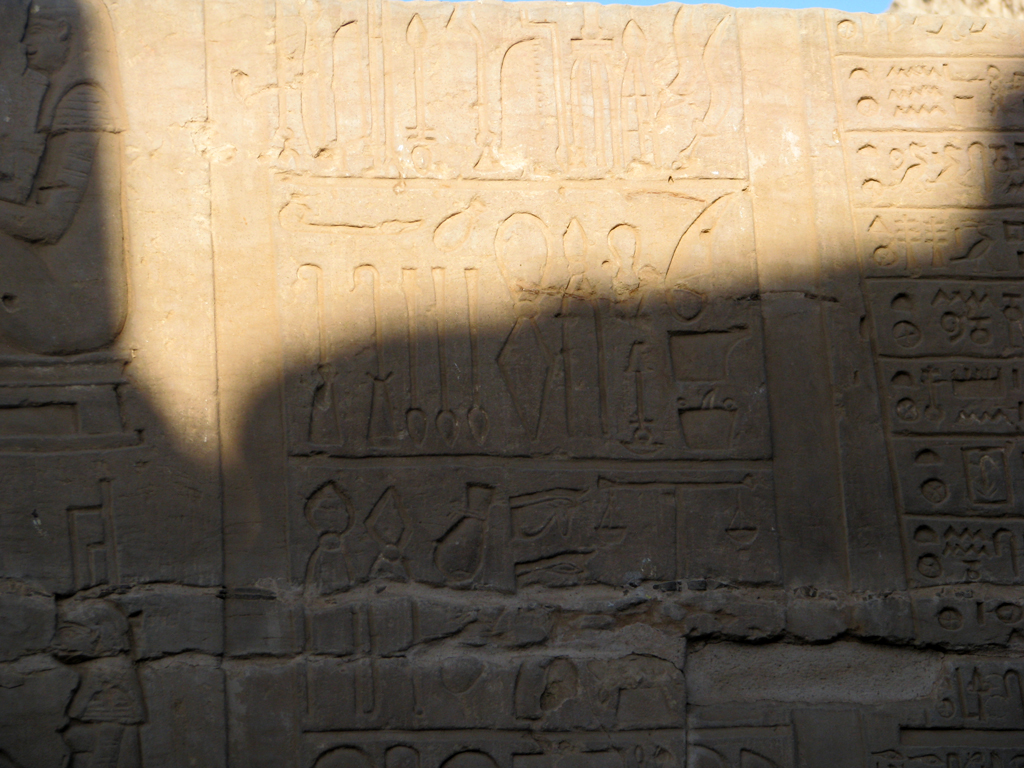
Surgical tools reliefs on a wall at the temple of Temple of Sobek/Haroeris at Kom Ombo. © Al Rahalah.
Aswan Day 1
Aswan is by far one of the top 10 places to be in all of Egypt, the people are probably the friendliest Egyptians you will meet, and the Nubians are some of the most down to earth people on the planet.
First thing in the morning we were off to see Nasser’s High Dam, which is different than Aswan’s Low Dam or reservoir built in the early days of the 20th century. We were given a quick tour and history of the construction, then we were off again, this time to take a nice powerboat ride to the beautiful Temple of Philae, unfortunately we didn’t get a chance to attend the Light and Sound show; perhaps next time.
After Philae, we took the boats back to the bus and then to the city and a visit to the Unfinished Obelisk, a massive obelisk that was left where it lay due to an imperfection while being processed. A nice cup of tea while watching the sunset, then we once again head out for more exploration, this time to the main market street. It’s a very long walk; the market is stretched over at least 10 blocks!
Aswan Day 2
This was going to be our last day in Aswan, and off the cruise. Our train back to Cairo would be at 8 pm, and we had a full day on our hands. After breakfast we packed our bags – the cruise management was very kind and allowed us to keep the room until 6 pm – then we were off to visit the Nubia Museum, awarded the prestigious International Aga Khan Award for Architecture, where a lot of the treasures of ancient Nubia are on display, many of them saved from the flooding that created Lake Nasser after the building of the High Dam. Later we were off island hopping on a felucca, first to Kitchener’s Island, an exotic botanical garden, then to Elephantine and a pleasant walk through a Nubian village towards the Aswan Museum and the Nilometer.
By then we were starving, so we took a ferry back to the mainland and made our way to the very exquisite Panorama Restaurant/Coffee Shop*. All the food is baked and served in clay earthenware, and the Bedouin/Bishareen coffee is unlike anything we ever had and is a bit ceremonial; a must have.
Next time we might include a Lake Nasser Cruise to the itinerary, but we might need a longer vacation for that one. Maybe this time we can take the children with us.
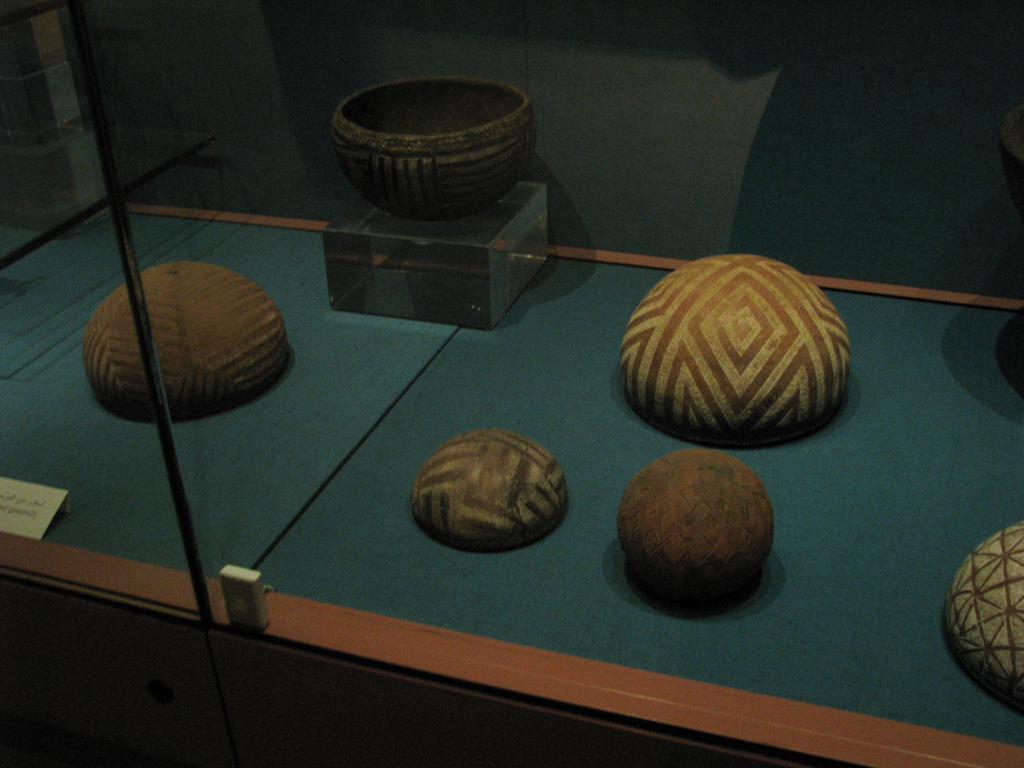
Some of the artefacts on display at the Nubia Museum, perfectly round ornamental rocks. © Al Rahalah.
*Panorama Restaurant/Coffee Shop is located on the Nile Cornice across from Elephantine, tel.: +2 097 230 6169.
* Radamis Travel is located at 5 Talaat Harb St., downtown, Cairo. Tel.: +2 02 2393 3336 / +2 02 2396 3000 / +2 02 2393 3765.
*More pictures from the cruise can be found here.

